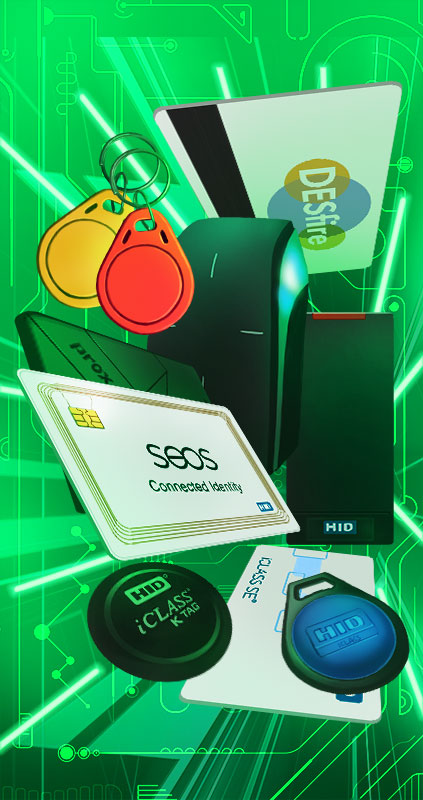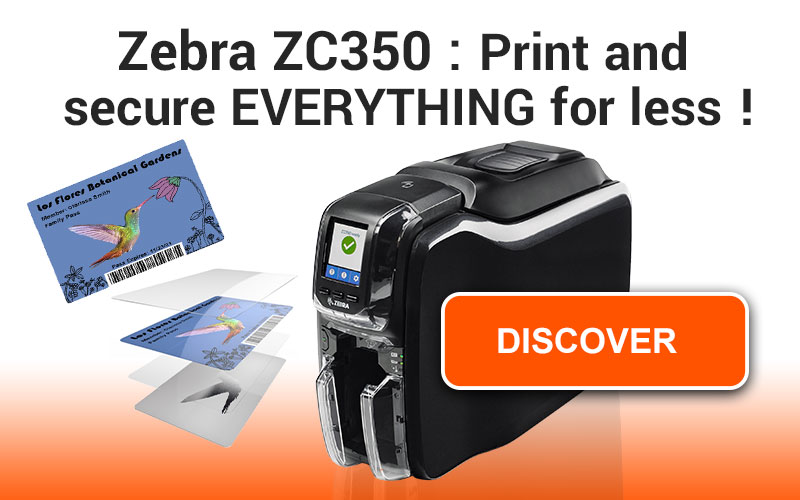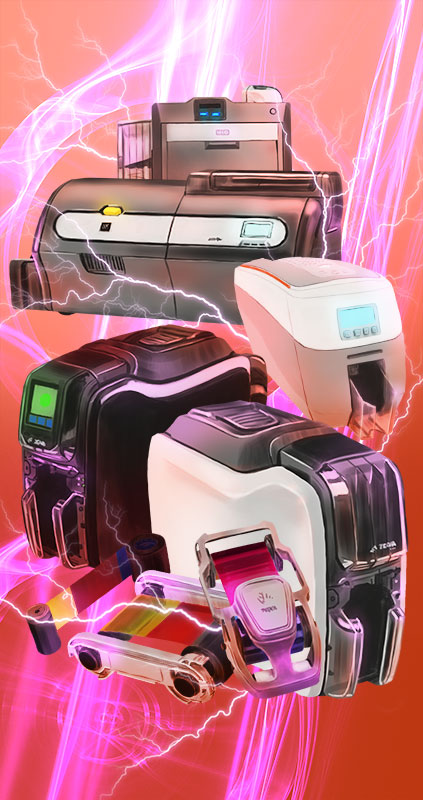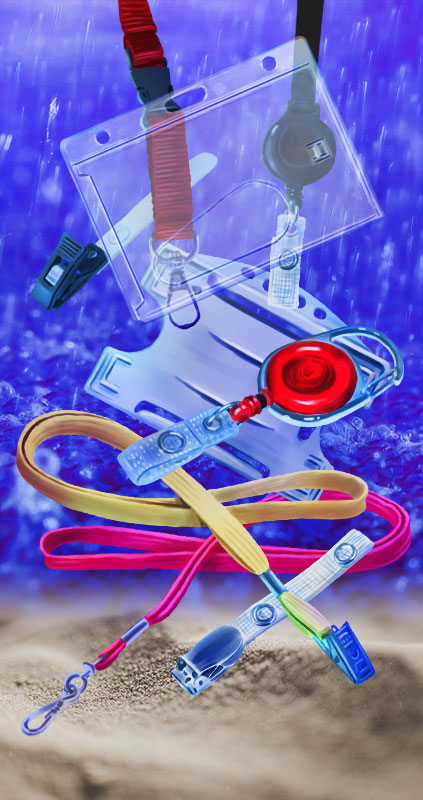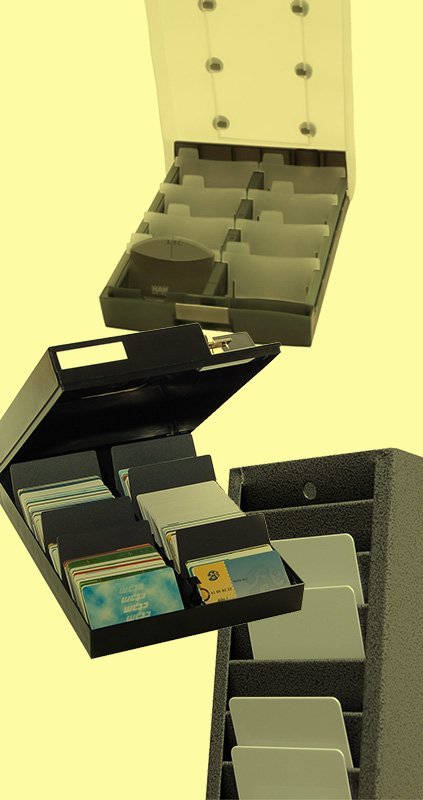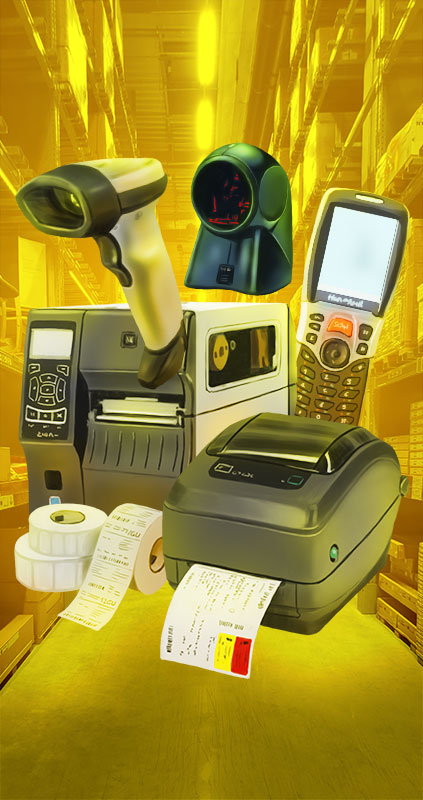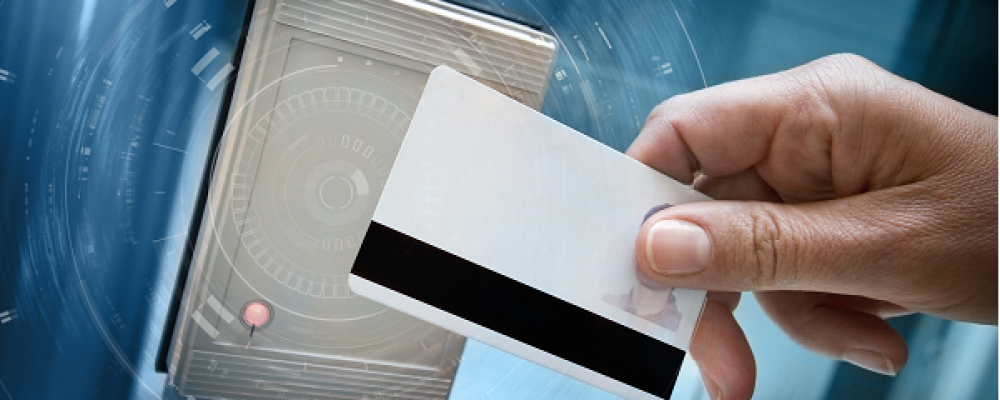Initially, badges were only used in companies for personal identification to facilitate the identification of people within the premises or during trade shows. With the development of RFID and access control technologies, badges have acquired many other functions. Let's review the technical evolution of badges and the functions they perform today in our society.
The evolution of technology at the service of the badge
If today badges are present everywhere and are used in many fields, it is thanks to the fast evolution of technologies.
The first step was scanning technology, i.e. magnetic stripes allowing to store a unique identifier readable by a card reader. Magnetic stripe badges are very rudimentary, have a very low storage capacity and no data encryption system. Their fields of application were therefore still not very extensive.
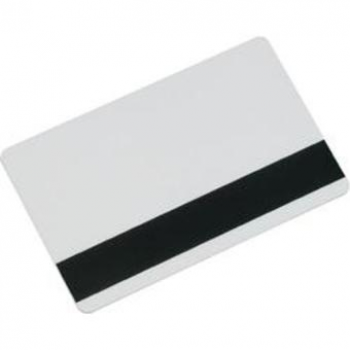
It was the development of RFID and contactless technology that opened up new possibilities for badges. The arrival of smart cards has increased the storage capacity and transfer rate of RFID badges, offering the possibility to encrypt data. This innovation is significant because it opens the door to more complex applications requiring a high level of security such as contactless payment or biometric identification. The badge is no longer limited to time and attendance in companies and to physical access control.
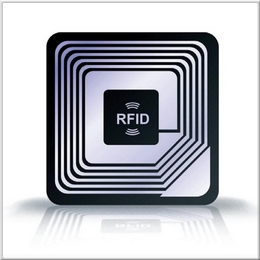
Then comes the second generation of smart cards, equipped with microprocessors. The badges work like a small computer and their potential applications are enormous.
To learn more about this issue you can read our article : The evolution of access control technologies.
Diverse and increasingly complex applications
First of all, plastic cards continue to be used for their original functions, i.e. identification of people and personnel management (badgeuse). They are found in most companies, from the most basic model with some personal information and a photo to ultra-secure badges for access to sensitive areas and information.
Within the company, their functions have diversified. They are now used to access the photocopier, the elevator or the workstation, or simply the canteen and the coffee machine.
It's easy to see why companies love badges. They are simple to use, easy and economical to produce and they centralize a whole set of tasks. Moreover, they greatly simplify personnel management.
The future of the badge in companies is therefore bright, especially since many private groups, public and international organizations advocate or even impose the use of identification badges to improve security.
Badges have also gone far beyond the corporate world, and can now be found everywhere: public transport cards, gym membership cards, student cards, loyalty cards, etc.


